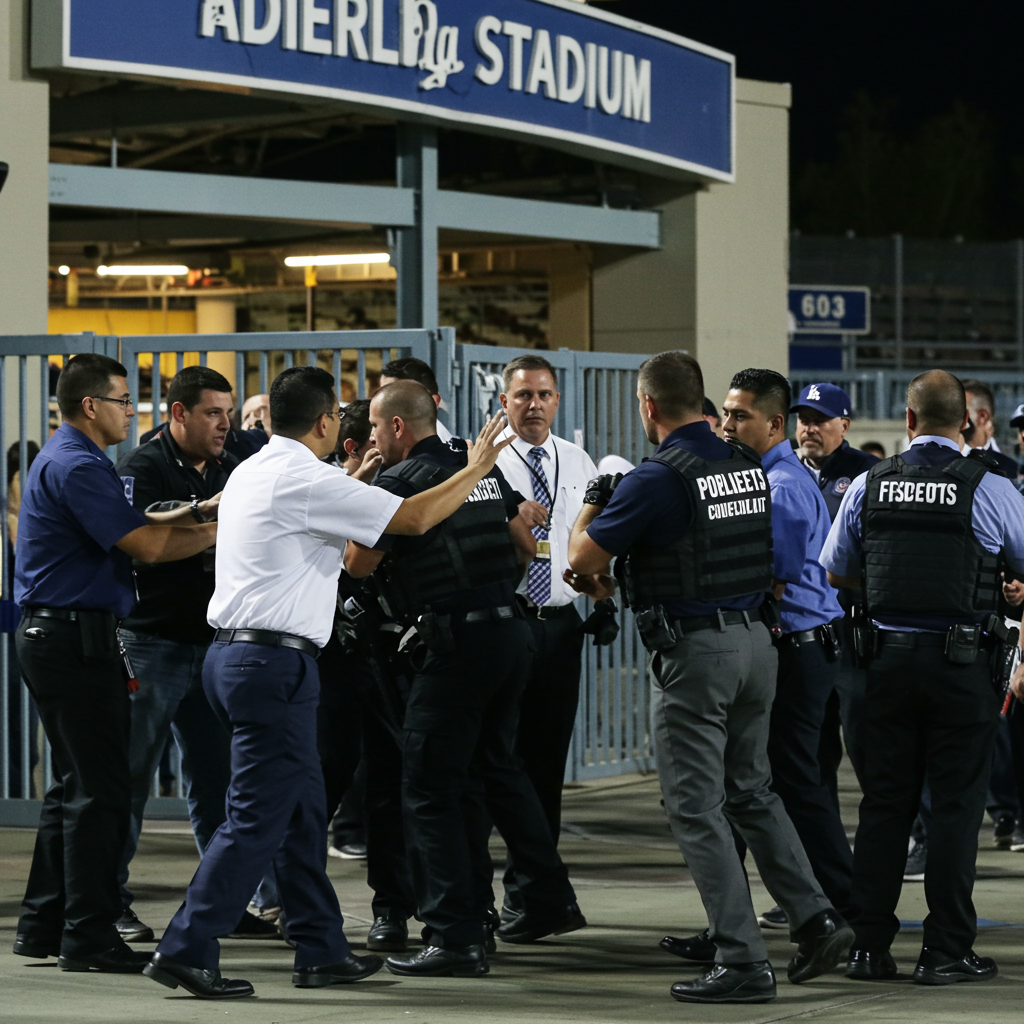The confetti has fallen, “We Are the Champions” has faded, and the Oklahoma City Thunder have officially claimed the 2025 NBA Championship. But for anyone watching this young, ascendant team, the feeling isn’t that they reached a peak moment – it’s that they’ve just signaled the dawn of a sustained era of dominance.
In a league engineered for parity and volatility, the Thunder’s coronation feels different. They became the youngest champions in nearly half a century, averaging just 25.6 years old. Their journey from the lottery to the NBA summit was remarkably swift, fueled by a meticulous, homegrown approach that defied conventional wisdom.
Built for Longevity: Why This Thunder Team Is Different
This isn’t the 2012 Thunder revisited; this is a fundamentally distinct and potentially more enduring force. Several key factors underpin the belief that Oklahoma City has “cracked the code” for building a modern NBA dynasty:
- Elite Youth and Talent:
- Character, Culture, and Focus:
- Visionary Leadership and a Meticulous Rebuild:
- Unprecedented Draft Capital:
The core is exceptionally young and still developing. Finals MVP Shai Gilgeous-Alexander, at nearly 27, is just entering his prime.
All-NBA selection Jalen Williams is only 24, and budding star center Chet Holmgren is 23. The entire key rotation is primarily in their 20s, with significant collective and individual growth ahead.
The depth is also young and impactful, featuring contributors like Luguentz Dort, Aaron Wiggins, Isaiah Joe, and strategic offseason additions like Alex Caruso (31, the team’s veteran) and Isaiah Hartenstein.
This team possesses an uncommon steadiness and professionalism that belies its age. They rarely appear rattled or impulsive, maintaining focus even in high-pressure moments.
A key driver of this culture is the team mantra, “Be where your feet are,” introduced by Head Coach Mark Daigneault in February 2023. This simple phrase became a directive to stay present, attack each day and possession with discipline, and build habits through consistent effort.
Players like Gilgeous-Alexander embraced this focus, making it “almost like a default.” This commitment helped fuel their remarkable linear progression: 24 wins in 2021-22 to 68 wins and a title in 2024-25.
Their collective temperament is noted as understated and thoughtful, both on and off the court. Evidence? The entire roster combined for just 18 technical fouls this season – the same number as one star player on another team. This internal cohesion stands in stark contrast to the ego and control struggles that plagued the past Thunder core of Durant, Westbrook, and Harden.
Team President Sam Presti is widely lauded for his long-term vision, outlined in his 2019 letter to fans emphasizing patience, discipline, and avoiding “quick fixes.”
He meticulously built this roster, largely through the draft, unearthing gems like Gilgeous-Alexander and Jalen Williams (acquired via the Paul George trade) and selecting Holmgren high in the draft. They achieved a championship without relying on marquee free agents or trading for established stars.
The rebuild was incredibly fast – just three losing seasons separated their lottery appearance from their championship run.
Perhaps the most unique advantage the Thunder hold is their massive surplus of future draft picks – a staggering 13 first-rounders and 17 second-rounders.
This “unprecedented luxury” is their shield against the NBA’s increasingly punitive salary-cap system, which is designed to break up expensive, dominant teams.
* With this draft capital, Presti has unparalleled optionality. If salary constraints necessitate parting with players, he can quickly replace them with cheaper rookie contracts via the draft or use picks in trades to acquire needed assets, ensuring sustainable competitiveness.
The Championship Run: Resilience, Defense, and Clutch Performances
While their Game 7 victory over the Indiana Pacers sealed the title, moments throughout the series showcased the qualities that make this team different. After dropping Game 1, blowing a late lead, the Thunder responded by dominating Game 2, driven by improved defense (holding the Pacers to a low percentage) and offensive efficiency.
Their defensive identity, the league’s best in both the regular season and playoffs, was crucial. In Game 5, where Jalen Williams erupted for a playoff career-high 40 points (becoming the third-youngest player with a 40-point Finals game in 50 years, joining Westbrook and Magic), the Thunder forced 15+ steals and 12+ blocks – the first team to achieve those numbers in a Finals game since 1974. Their ability to turn defense into offense was historic, setting a new postseason record for points off turnovers.
Even in Game 7, with the score tied in the third quarter, the focus instilled by the “Be where your feet are” mantra was evident as Gilgeous-Alexander, Holmgren, and Williams hit three consecutive 3-pointers, leveraging the “muscle” built through consistent, present-moment work.
A Team Rooted in Community
This era is also intertwined with the city’s revival. Just as Sam Presti envisioned “the rise of another great team” mirroring “the rise of [a] rebuilt downtown” in his 2019 letter, the team’s success resonates deeply. The excitement is palpable among young fans, who see Thunder basketball as part of growing up in Oklahoma, connecting with players like Shai Gilgeous-Alexander through social media and playing on community courts initiatives sponsored by the team.
Looking Ahead
The challenges are real: the salary cap looms, and rivals like the Rockets (who acquired Kevin Durant before Game 7) are already making moves. But no team in the league is better positioned to navigate these obstacles. The Thunder’s combination of young, talented, high-character players, visionary leadership, and an unprecedented draft asset base creates a foundation built for “sustainable, long-term, collective excellence.”
While nothing in the NBA is truly forever, the 2025 Oklahoma City Thunder might just be the closest thing the modern era can produce to an enduring dynasty. This wasn’t just their moment; it was the first chapter of their era.


